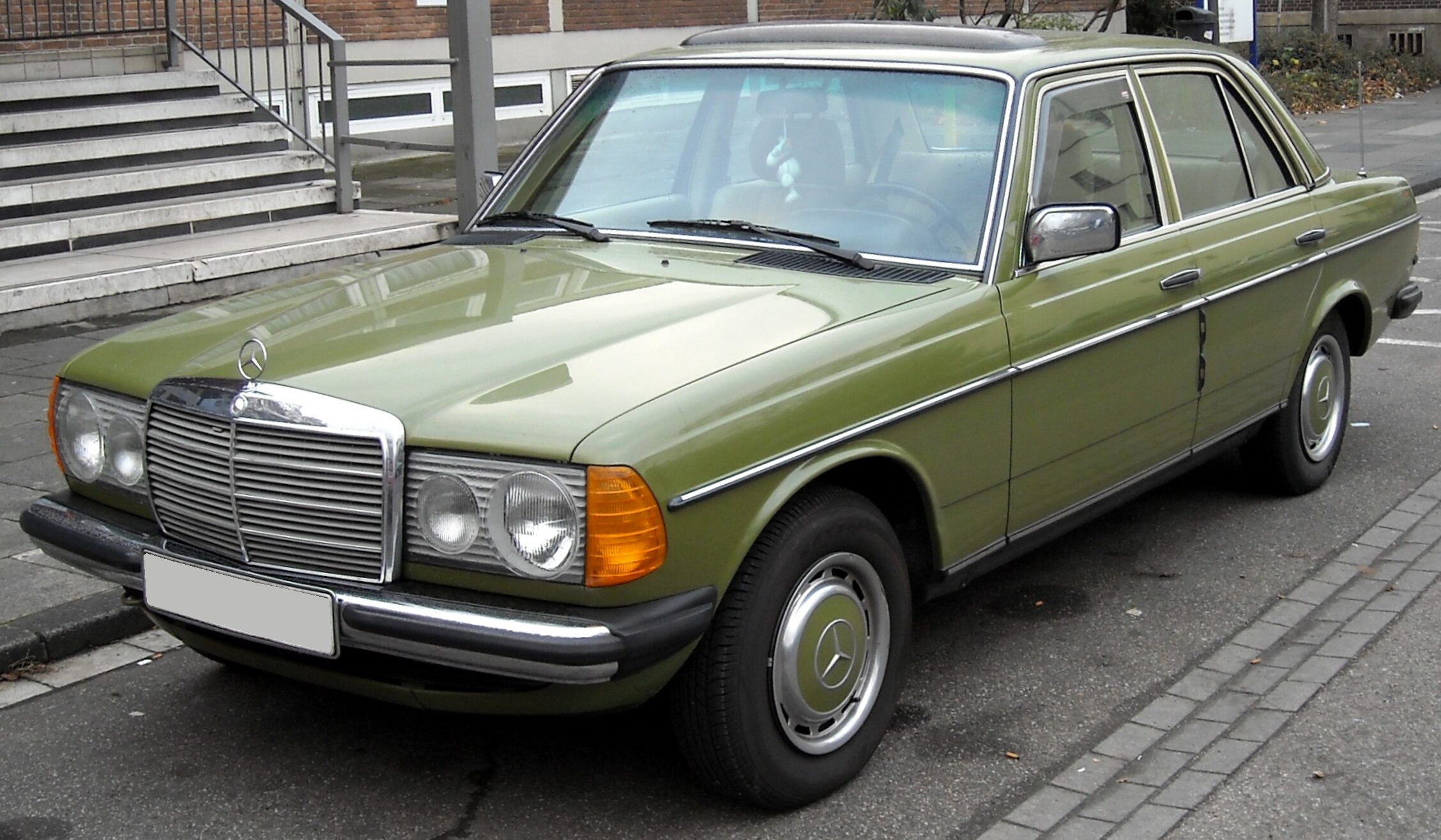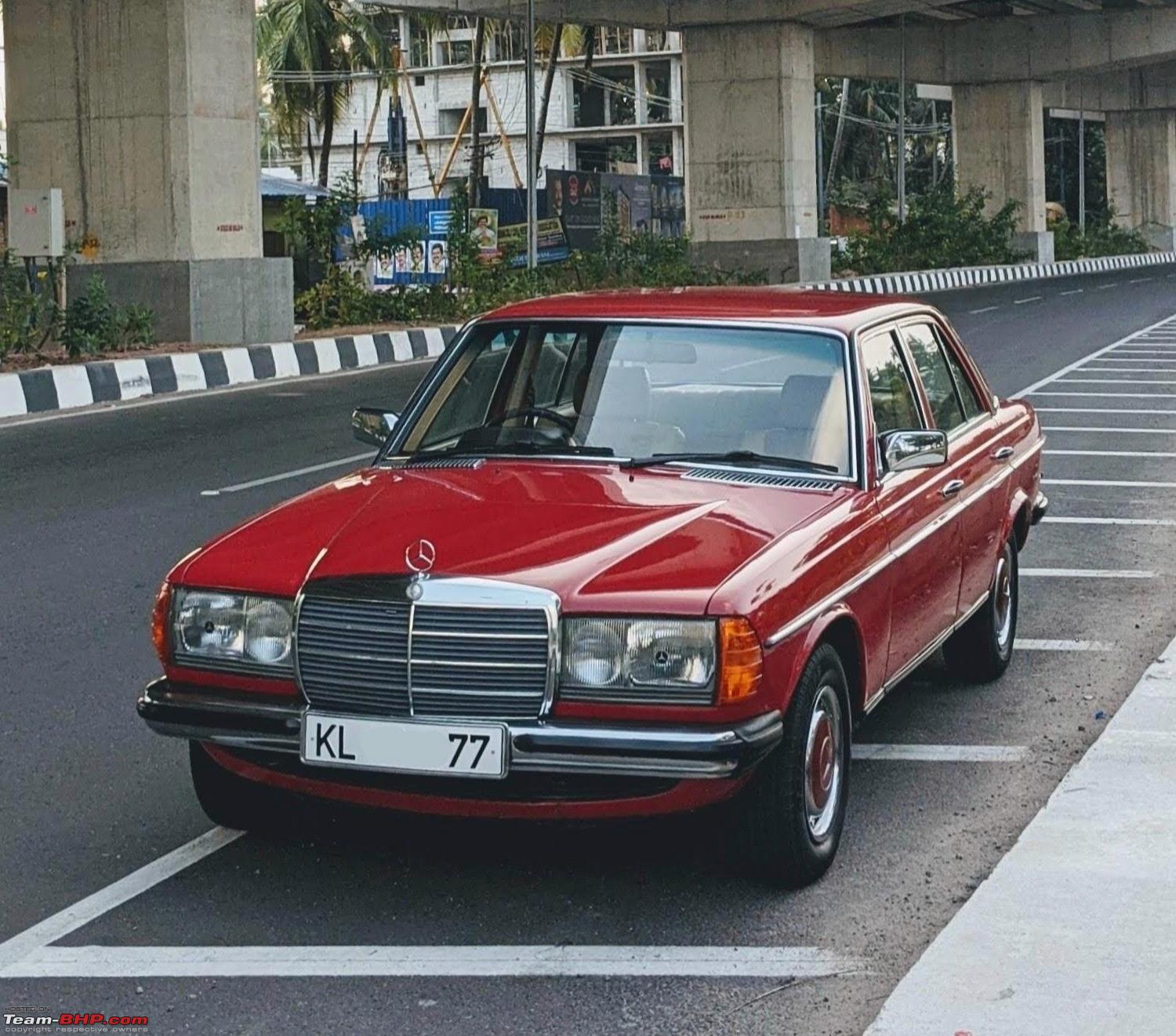Is the Mercedes-Benz W123 Series a Future Classic? A Deep Dive
The Mercedes-Benz W123. The name itself evokes a certain nostalgia for a bygone era. Often seen as the archetypal reliable and well-engineered German saloon, the W123 has already cemented its place in automotive history for its robust build quality and enduring appeal. But is it poised to become a full-fledged “future classic,” joining the ranks of highly sought-after vintage vehicles? This article delves into the factors that contribute to the W123’s potential future classic status, examining its strengths, weaknesses, and the market trends that influence its value.
The Enduring Appeal of the Mercedes-Benz W123
The W123 series, produced from 1976 to 1985, was a pivotal model for Mercedes-Benz. It replaced the highly regarded W114/W115 “Stroke Eight” series and set a new standard for build quality, reliability, and comfort. Several key elements contribute to its enduring appeal:
- Exceptional Build Quality: The W123 was built to last. Its robust construction, using high-quality materials and meticulous engineering, allowed many examples to surpass hundreds of thousands of miles with minimal issues.
- Timeless Design: The W123’s design, penned by Bruno Sacco, is understated yet elegant. Its clean lines and classic proportions have aged gracefully, still appearing modern and sophisticated today.
- Mechanical Simplicity: Compared to modern cars, the W123’s mechanical systems are relatively simple, making them easier to maintain and repair. This contributes to their longevity and appeal to enthusiasts.
- Comfort and Refinement: The W123 offered a comfortable ride, well-appointed interiors, and a quiet cabin, providing a premium driving experience for its time.
- Wide Range of Body Styles and Engines: The W123 was available in various body styles, including a saloon (sedan), coupe, and estate (wagon). A broad selection of petrol and diesel engines catered to diverse needs and preferences.
Factors Supporting its Potential Classic Status
Several key factors suggest the W123 has a strong chance of becoming a highly desirable classic car:
- Growing Appreciation: The classic car market is witnessing increasing interest in well-preserved and original examples of the W123.
- Scarcity of Well-Maintained Examples: While the W123 was produced in large numbers, finding examples in excellent condition is becoming increasingly challenging. Corrosion and wear and tear take their toll over time.
- Enthusiast Community: A vibrant and active community of W123 enthusiasts exists, providing support, resources, and a strong network for owners. This community helps preserve the car’s heritage and knowledge.
- Investment Potential: As the supply of well-maintained W123s dwindles and demand increases, their value is likely to appreciate, making them a potentially sound investment.
- Ease of Maintenance and Repair: The availability of parts and the relatively simple mechanicals make the W123 a practical classic car to own and maintain.
Challenges to its Future Classic Status
Despite its numerous advantages, the W123 faces certain challenges that could impact its classic car trajectory:
- Rust Vulnerability: The W123 is susceptible to rust, particularly in certain areas like the sills, wheel arches, and floor pans. Rust repair can be costly and time-consuming.
- Parts Availability: While parts are generally available, some specific components may become increasingly difficult to source as time goes on.
- Competition in the Market: The classic car market is competitive, with numerous other desirable vehicles vying for collectors’ attention.
- Economic Factors: Fluctuations in the economy can impact the classic car market, potentially affecting the value of the W123.
The Verdict: A Strong Contender for Classic Car Status
The Mercedes-Benz W123 series possesses a strong foundation for future classic car status. Its exceptional build quality, timeless design, and mechanical simplicity have already earned it a loyal following. The growing appreciation for well-preserved examples, coupled with the support of an active enthusiast community, further strengthens its position. While challenges like rust and parts availability exist, the W123’s inherent strengths outweigh the weaknesses. Ultimately, the W123’s enduring appeal and potential for appreciation make it a compelling choice for classic car enthusiasts and collectors alike.
Frequently Asked Questions (FAQs)
What is the most desirable W123 model? Generally, the coupe models (C123) and the diesel-powered estates (wagons) are considered the most desirable due to their rarity and utility. However, all well-maintained examples hold value.
What should I look for when buying a W123? Prioritize checking for rust, especially in the common areas mentioned above. Inspect the engine’s condition, look for service history, and ensure all electrical systems are functioning correctly.
Are W123 parts readily available? Most common parts are readily available through various suppliers. However, some specific components may be harder to find, especially for less popular models or trim levels.
How much does a W123 cost? The price of a W123 varies significantly based on condition, model, and engine. Well-maintained examples can range from around $10,000 to $40,000 or more, depending on the factors mentioned above.
What is the best engine to choose in a W123? This depends on your priorities. The diesel engines are renowned for their reliability and fuel efficiency. Petrol engines offer more power, while each engine has its own set of pros and cons.




